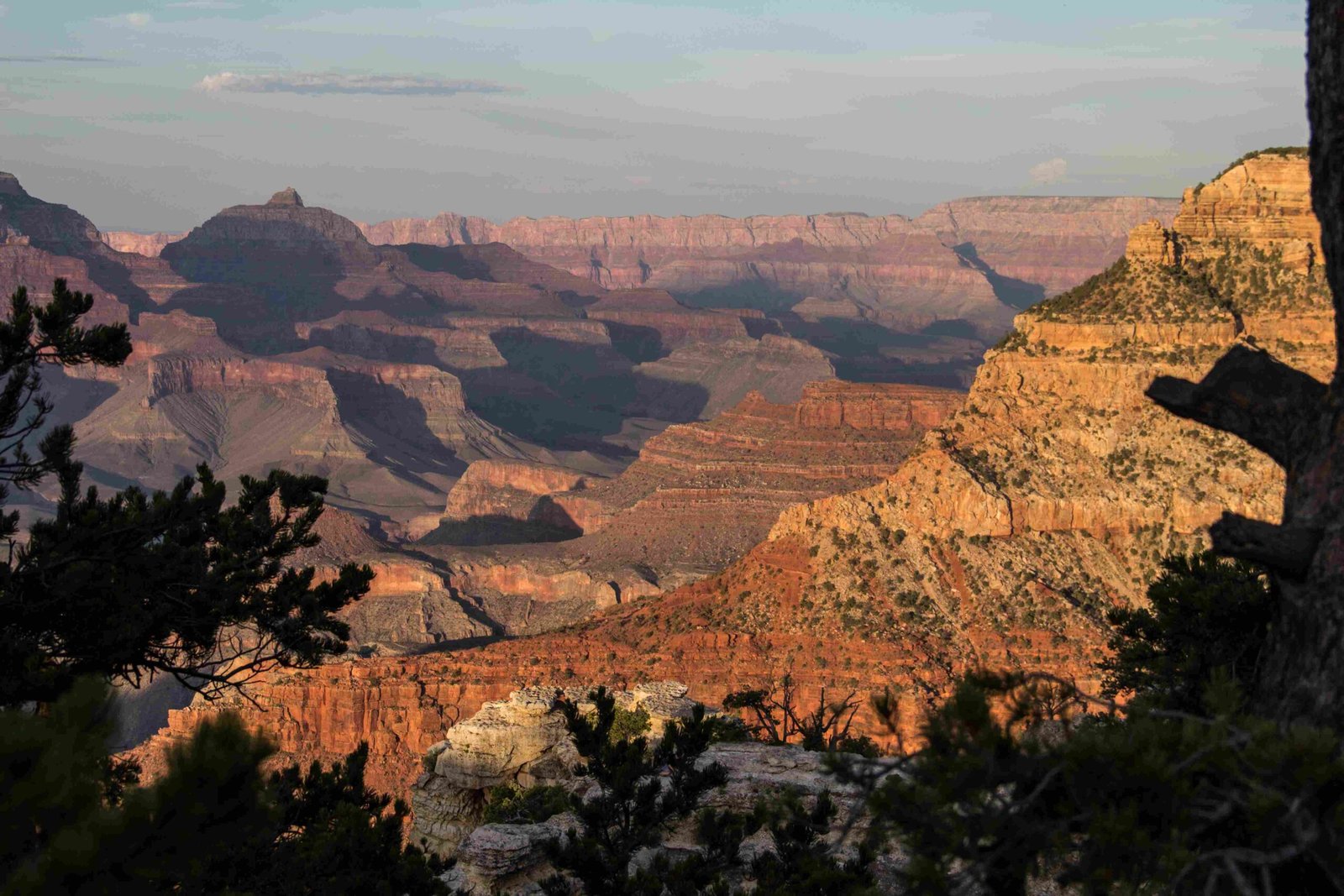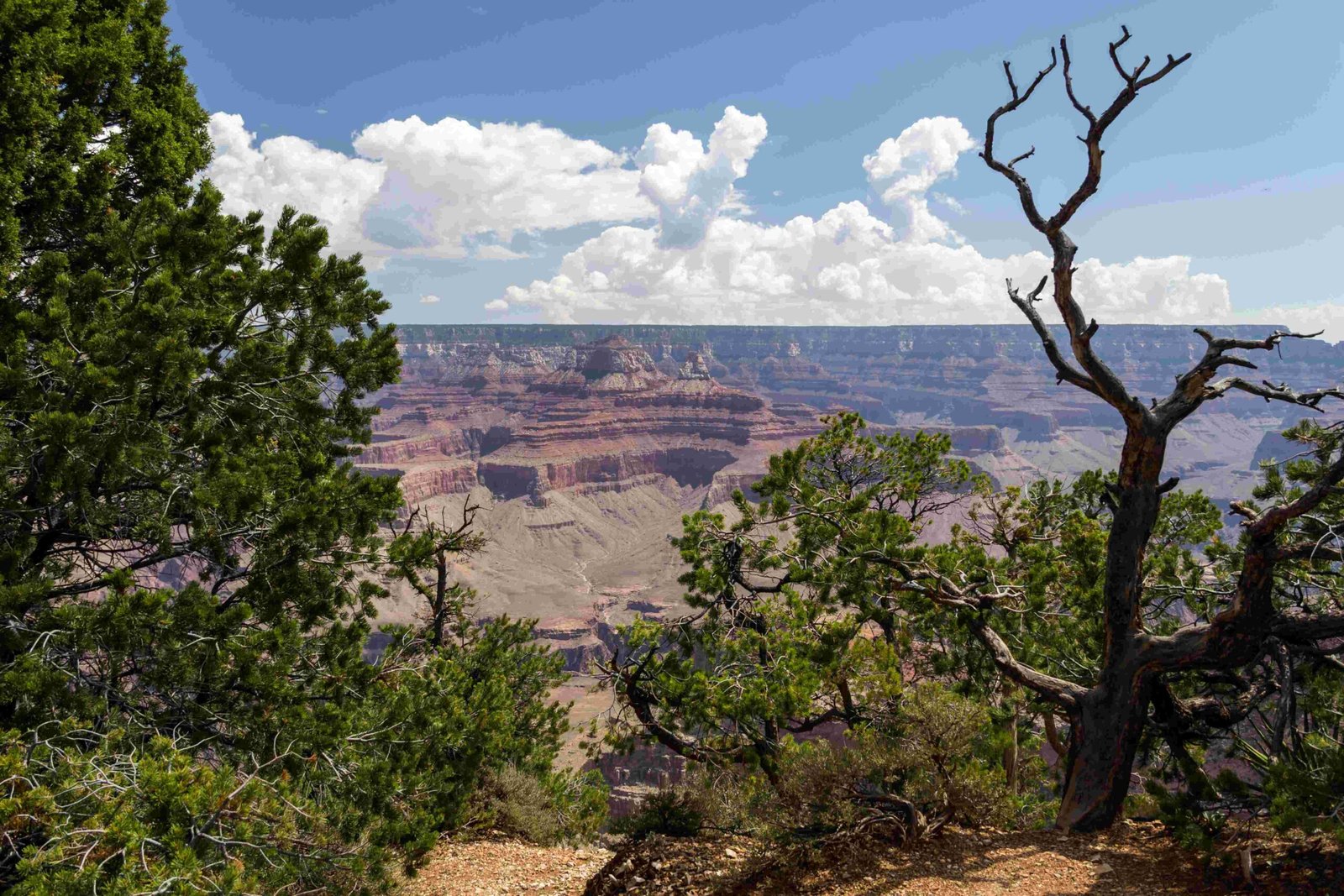The Grand Canyon represents a complex geological landscape that has intrigued scientists for generations. While the original query suggests evidence by Young, historical records indicate that John Wesley Powell made significant geological discoveries during his groundbreaking expeditions in 1869 and 1871-72, providing unprecedented insights into the canyon’s geological formation and historical significance.
What Geological Formations Did Powell Discover?

Powell’s expeditions revealed remarkable geological evidence about the Grand Canyon’s complex stratigraphy. His key discoveries included:
Rock Layer Identification
- Precambrian Strata: Identified ancient rock formations dating back approximately 900 million years
- Cambrian Formations: Discovered Lodore Sandstone layers approximately 540 million years old
- Mississippian and Permian Strata: Documented multiple geological periods within canyon walls
Unconformity Revelations
Powell recognized two critical unconformities in the Grand Canyon:
1. Between early and late Precambrian strata
2. Between Precambrian and Paleozoic geological periods
How Did Powell Navigate Challenging Terrain?

Expedition Challenges
- Navigated treacherous river rapids
- Explored regions with 1,000-foot rock walls
- Managed limited landing and camping opportunities
- Documented geological features despite significant logistical obstacles
What Measurement Techniques Did Powell Use?
Stratigraphic Analysis
Powell developed innovative measurement techniques:
– Recognized that few hundred feet of topographic thickness represented 10,000 feet of stratigraphic layers
– Calculated erosion rates and mountain formation processes
– Correlated rock formations based on visual and structural characteristics
What Regions Did Powell Explore?
Geographical Coverage
Powell’s expeditions extensively mapped:
– Flaming Gorge
– Gates of Lodore
– Glen Canyon
– Surrounding canyon regions
What Scientific Impact Did Powell’s Research Have?
Geological Understanding
- Introduced concepts of base level and stream antecedence
- Classified major geological structures
- Provided foundational research for future geological investigations
Expedition Details
| Expedition Year | Duration | Team Size | Key Achievements |
|---|---|---|---|
| 1869 | 3 months | 10 men | Initial canyon exploration |
| 1871-72 | Partial retracing | Reduced team | Detailed geological mapping |
Significance of Powell’s Research
Powell’s work transcended mere exploration. His meticulous documentation and scientific approach transformed understanding of:
– Geological time scales
– Rock formation processes
– Erosion mechanisms
– Regional geological history
Conclusion
While the original query asked about Young’s evidence, historical records highlight John Wesley Powell’s groundbreaking research. His expeditions provided unprecedented insights into the Grand Canyon’s geological complexity, establishing foundational knowledge that continues to influence scientific understanding today.

